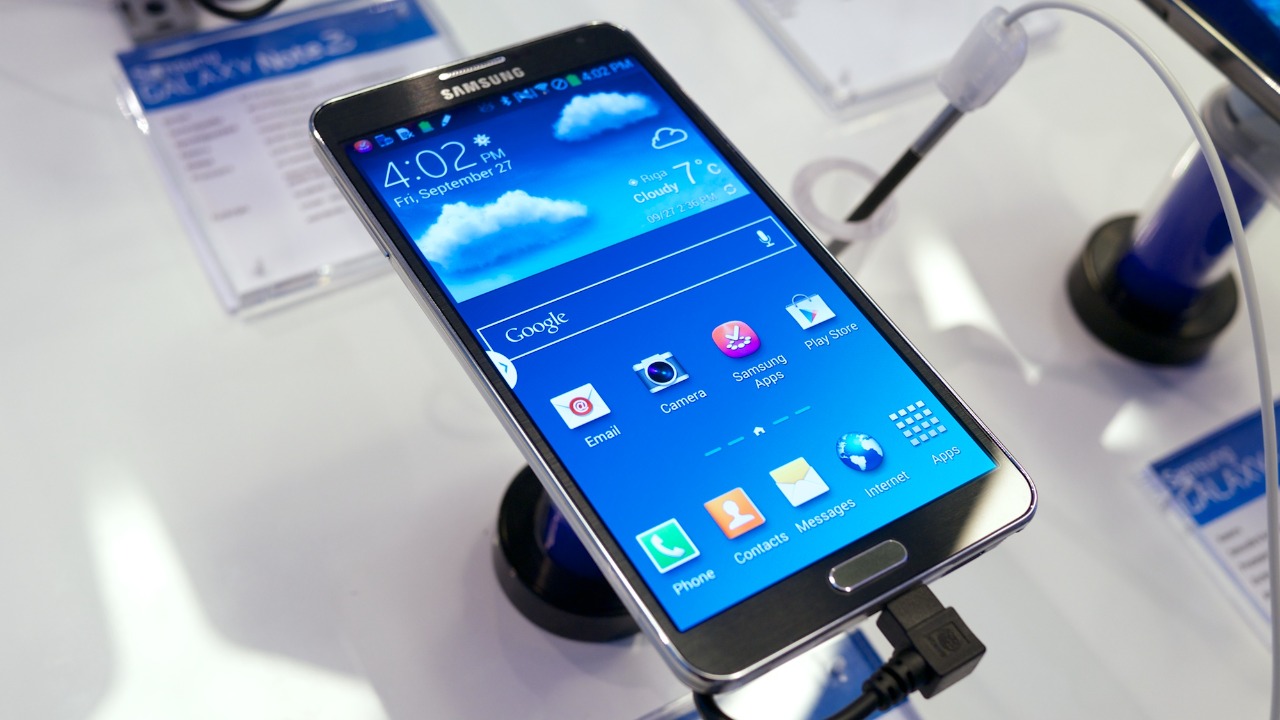
In the rapidly evolving world of technology, smartphones have become an integral part of our lives. However, not all smartphones have been successful. Some have been marred by design flaws, poor performance, or disastrous malfunctions. Here, we delve into the ten worst smartphones of all time, each a cautionary tale in the annals of tech history.
The BlackBerry Storm
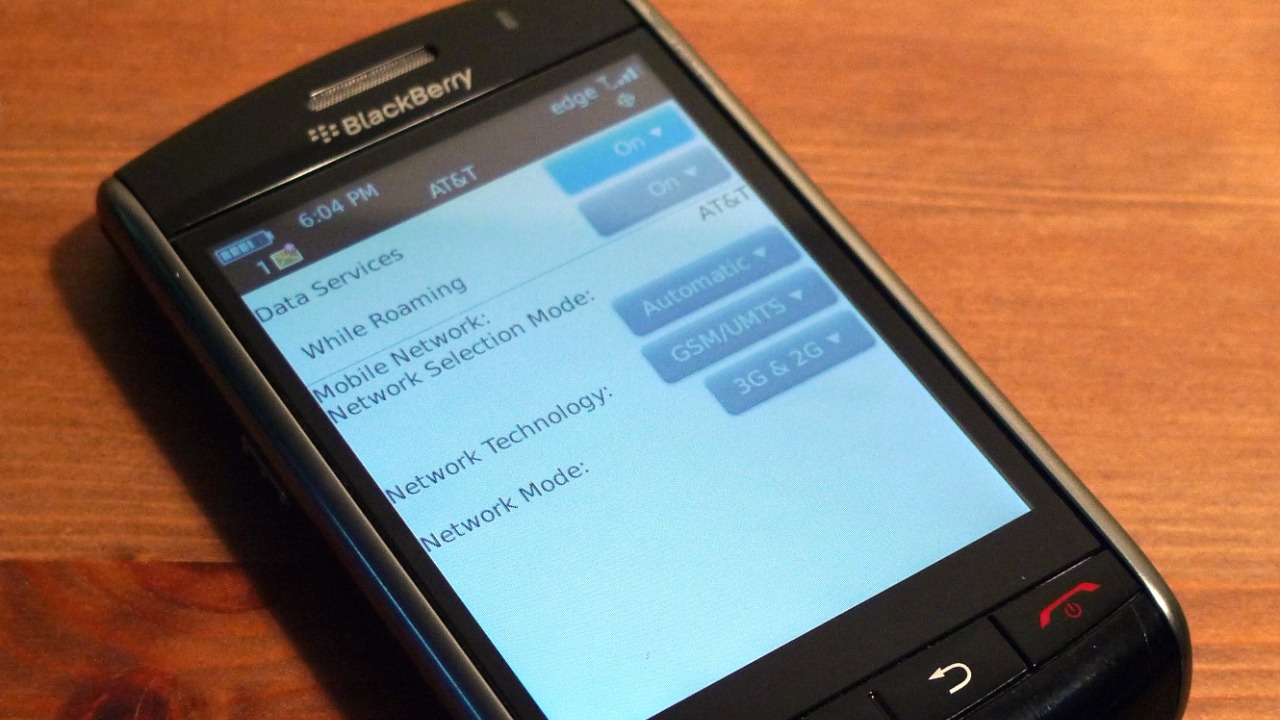
Launched in 2008, the BlackBerry Storm was a major disappointment. Its key flaw was the SurePress touchscreen, which clicked but often failed to register inputs accurately. This led to widespread frustration among users, tarnishing BlackBerry’s reputation for reliable business devices. The Storm’s failure served as a stark reminder that innovative design must be backed by functional performance.
The Nokia N-Gage
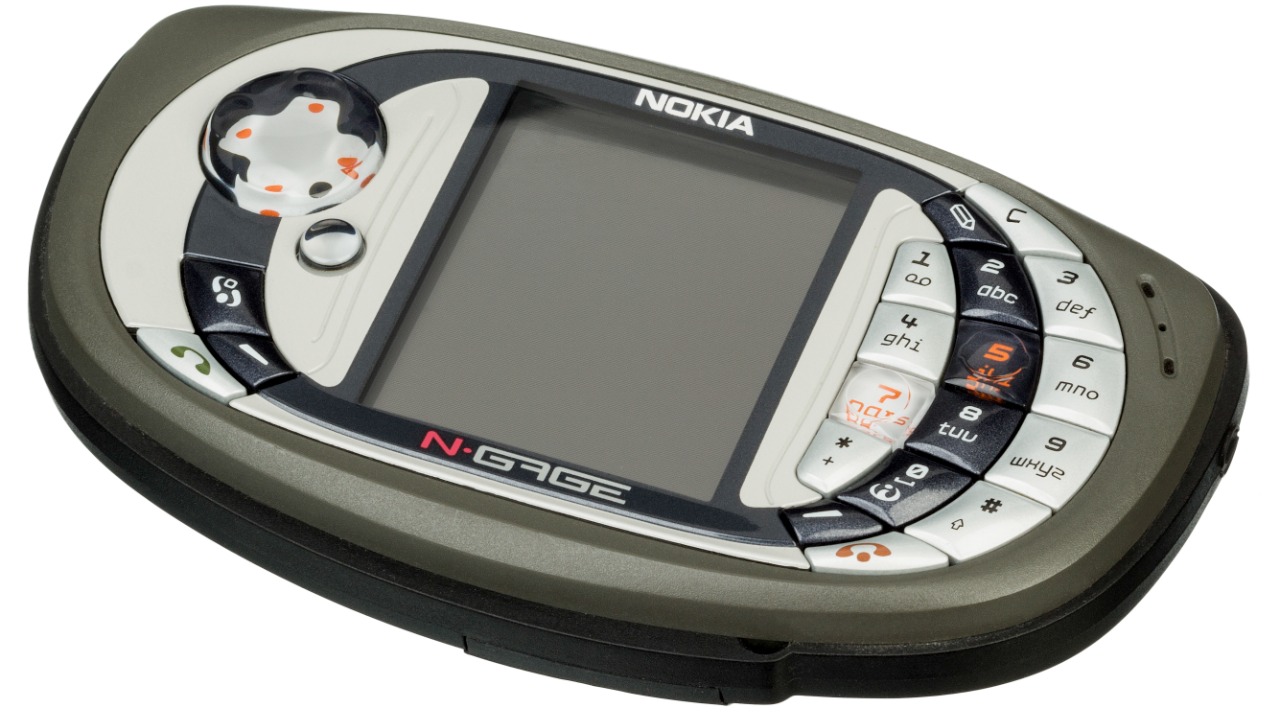
The Nokia N-Gage, released in 2003, was a gaming phone with an awkward “taco” design. The unusual shape made calls uncomfortable, and the joystick was poorly placed, undermining its core purpose. The N-Gage’s failure underscored the importance of user-friendly design in mobile devices, a lesson that has shaped subsequent gaming phones.
The Samsung Galaxy Note 7
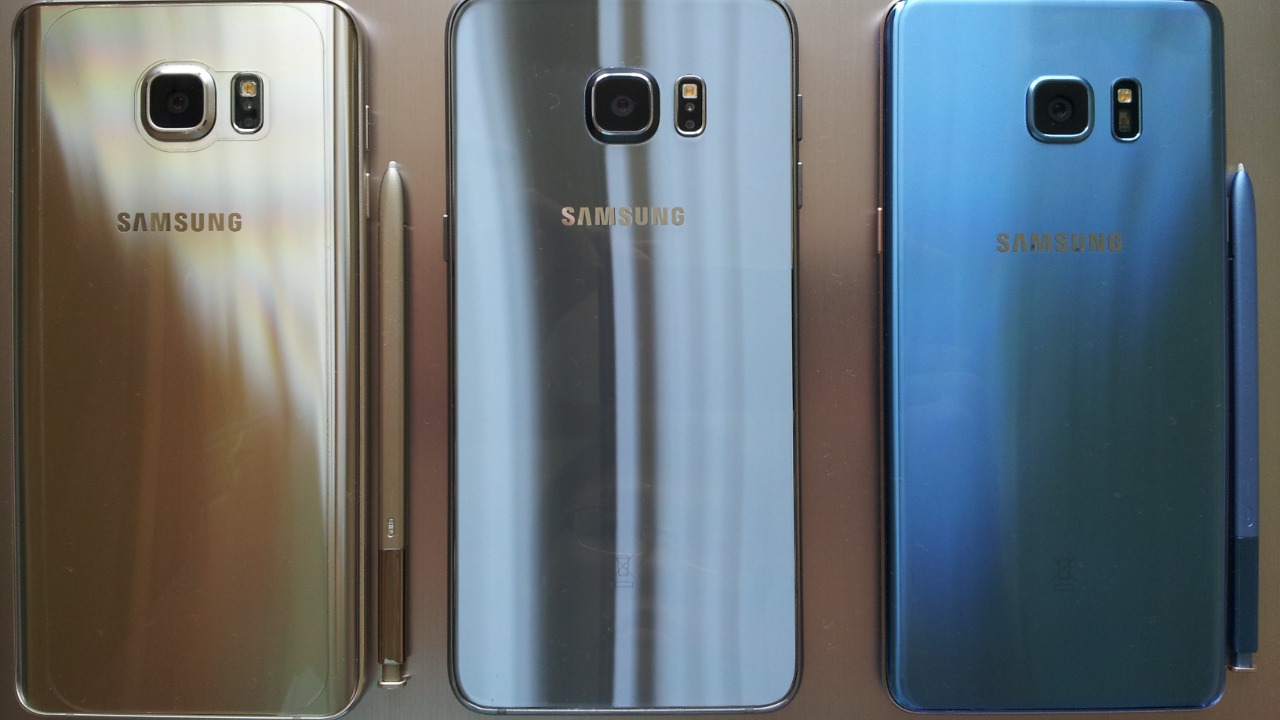
In 2016, the Samsung Galaxy Note 7 made headlines for all the wrong reasons. Its batteries had a tendency to explode, leading to a global recall of over 2.5 million units and bans on flights by the FAA. The Note 7 debacle was a costly misstep for Samsung, both financially and in terms of consumer trust.
The Amazon Fire Phone
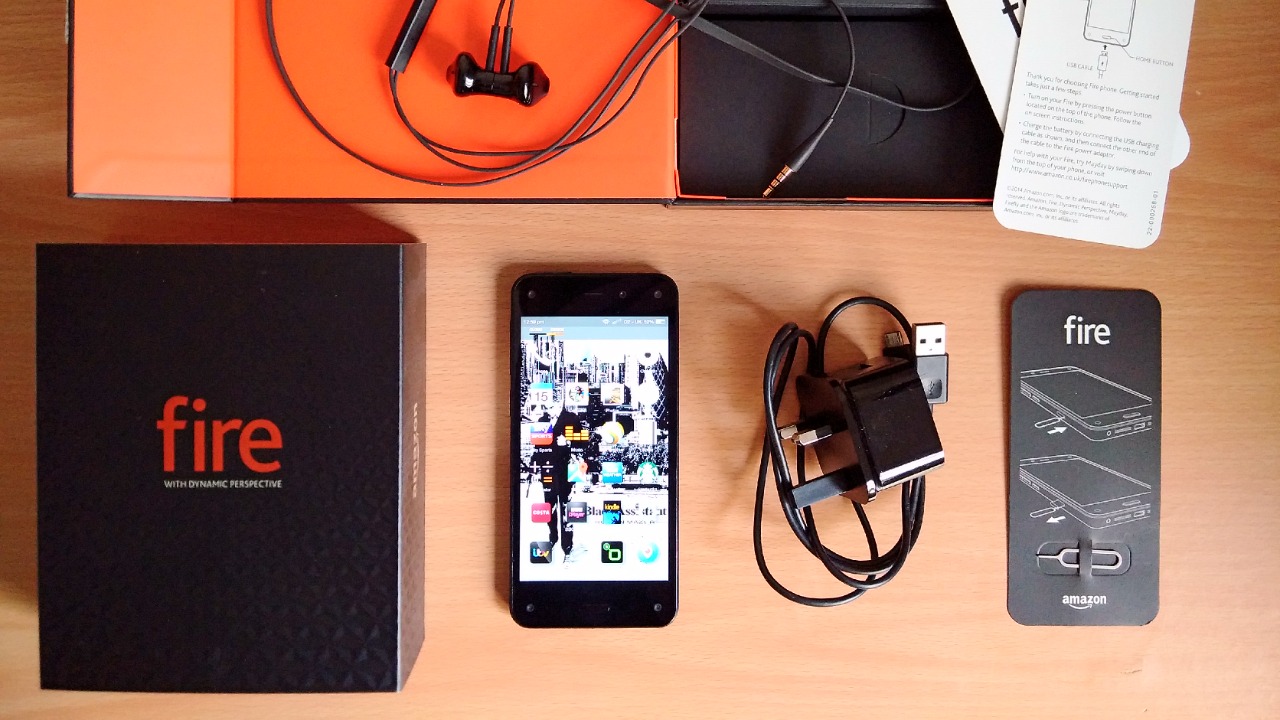
The Amazon Fire Phone, launched in 2014, was a commercial failure. Its 3D display gimmick failed to impress, and its locked ecosystem led to a staggering $170 million loss in one quarter. The Fire Phone’s failure highlighted the challenges tech companies face when trying to break into the saturated smartphone market.
The HTC Dream (T-Mobile G1)
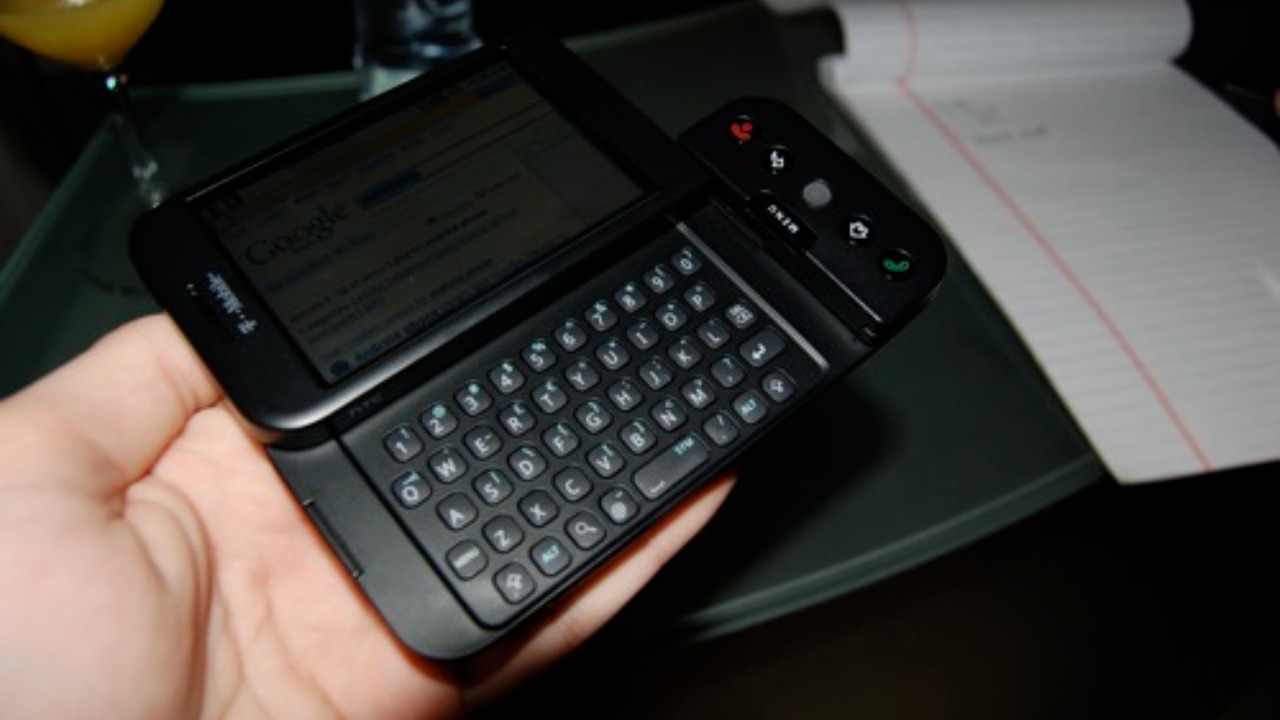
The HTC Dream, also known as the T-Mobile G1, was the first Android phone. Released in 2008, it suffered from sluggish performance, a tiny keyboard, and the absence of a front-facing camera. Despite its historical significance, the HTC Dream’s shortcomings demonstrated the growing pains of the early Android ecosystem.
The Motorola Droid Bionic
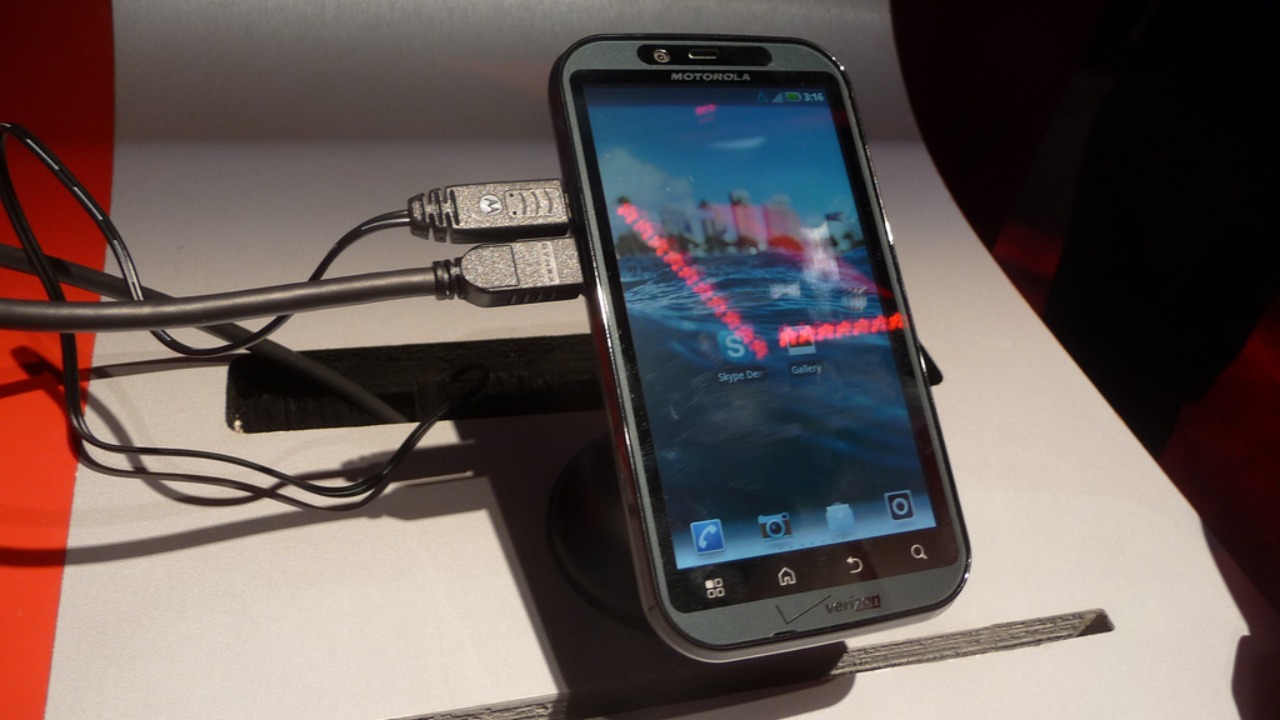
The Motorola Droid Bionic, released in 2011, promised a speedy dual-core processor but delivered laggy software and battery drain issues. The Droid Bionic’s failure to live up to its hype served as a reminder that hardware advancements must be matched by software optimization.
The Nokia Lumia 900
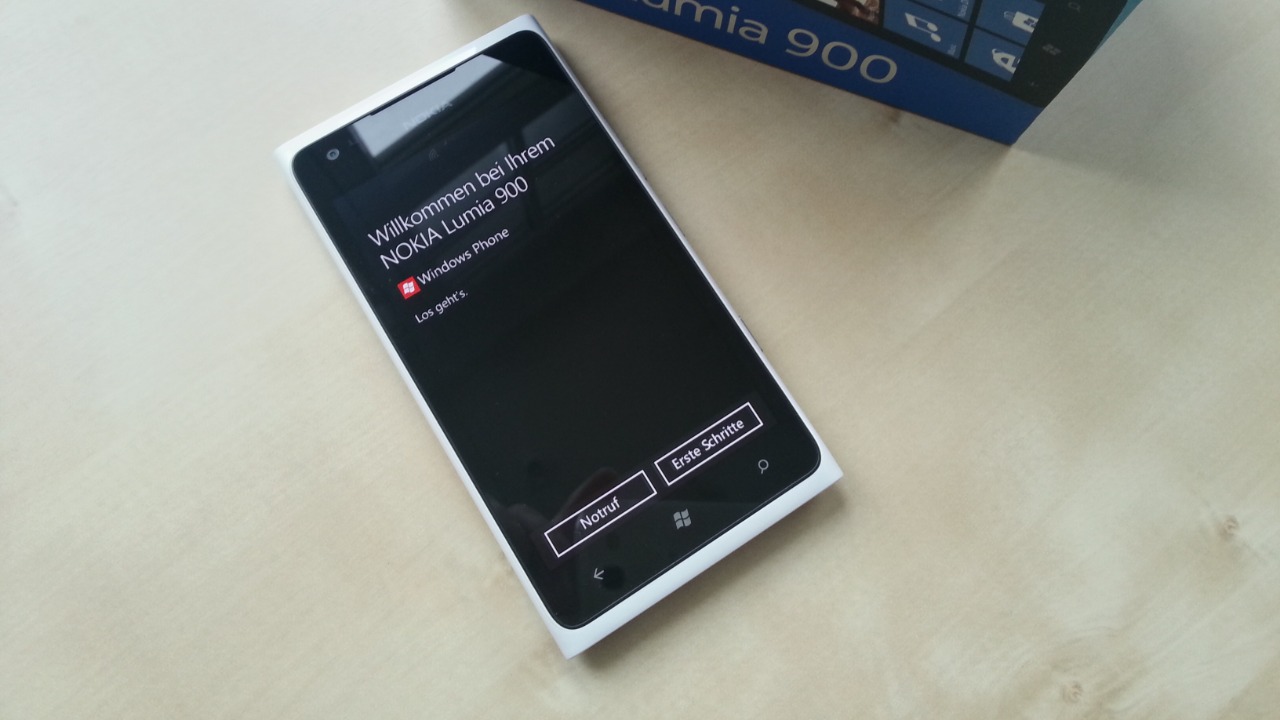
The Nokia Lumia 900, a 2012 Windows Phone, suffered from an antenna defect that caused dropped calls, affecting up to 1 in 3 users in early tests. The Lumia 900’s issues highlighted the challenges of hardware-software integration in smartphones.
The Samsung Galaxy S4 Zoom
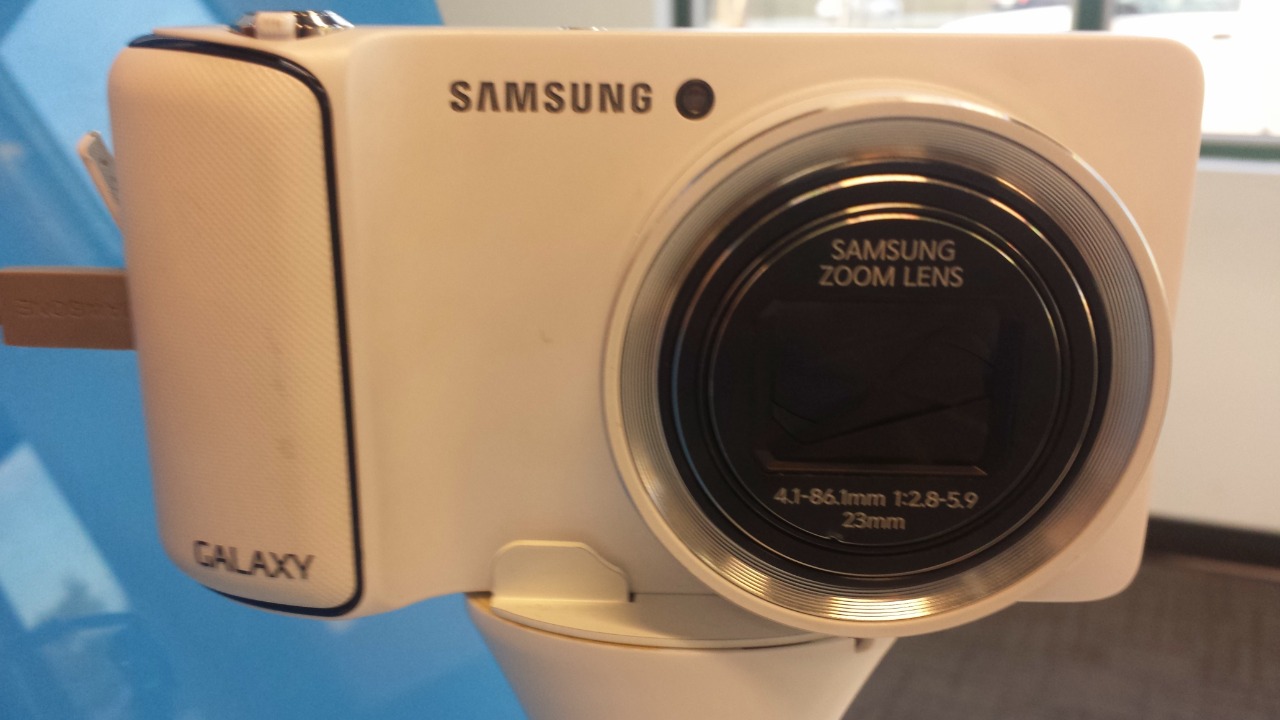
The Samsung Galaxy S4 Zoom, released in 2013, was a bulky camera-phone hybrid with a mediocre 8MP sensor. Its compromised phone features and unwieldy design failed to impress consumers, illustrating the difficulties of combining different device categories into one.
The BlackBerry KeyOne
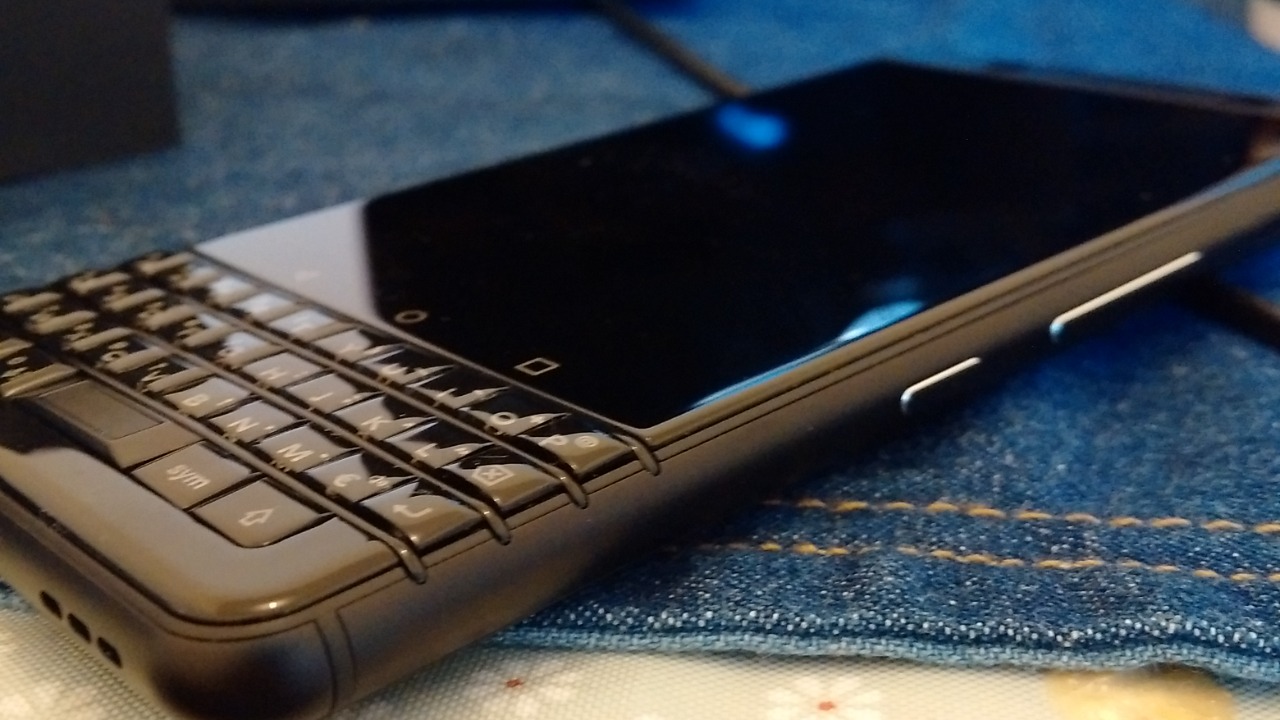
The BlackBerry KeyOne, launched in 2017, was hampered by an outdated Android OS and sluggish hardware. The KeyOne’s shortcomings were emblematic of BlackBerry’s struggles to adapt to the modern smartphone market, a stark contrast to its earlier dominance in the business phone sector.
The LG Chocolate BL42
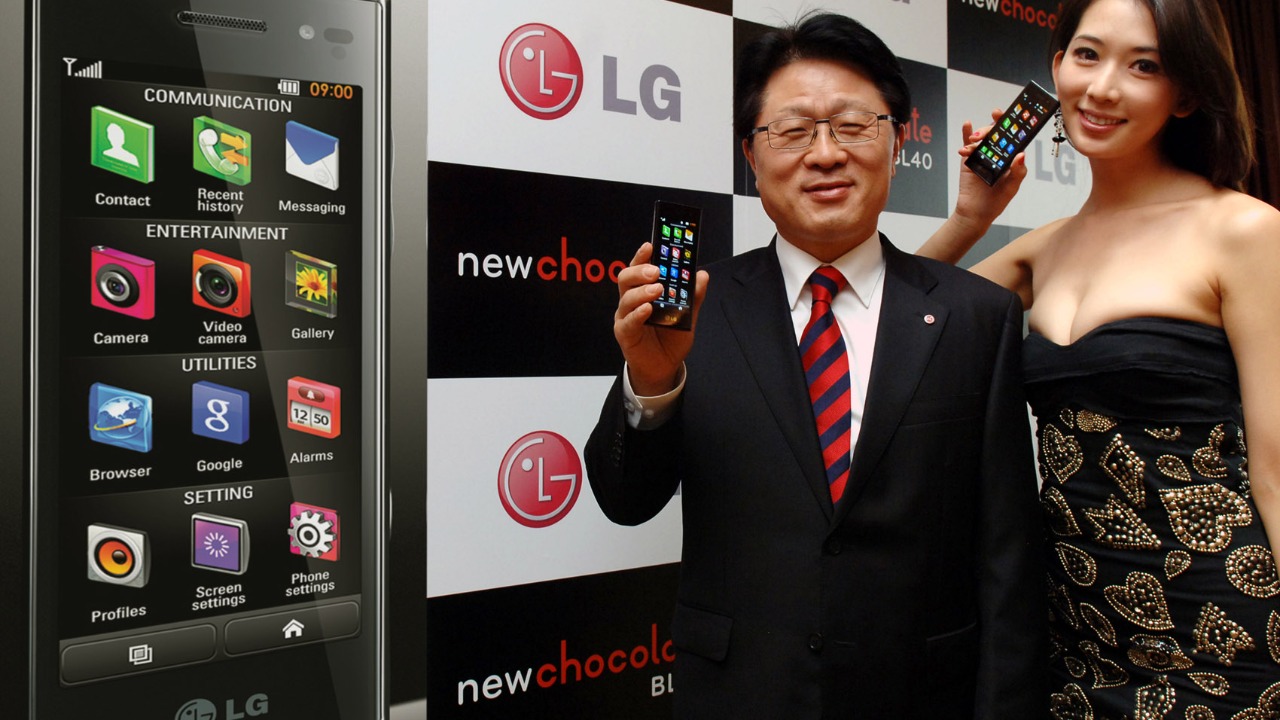
The LG Chocolate BL42, released in 2009, was a style-focused feature phone with a slippery chocolate-bar design. Its fragile screen and subpar call quality, combined with a design prone to dropping, made it a poor choice for consumers, demonstrating that style cannot compensate for lack of substance in smartphone design.
In conclusion, these ten smartphones serve as reminders of the challenges and pitfalls in the smartphone industry. From design flaws to performance issues, each represents a lesson learned, shaping the evolution of smartphones as we know them today.